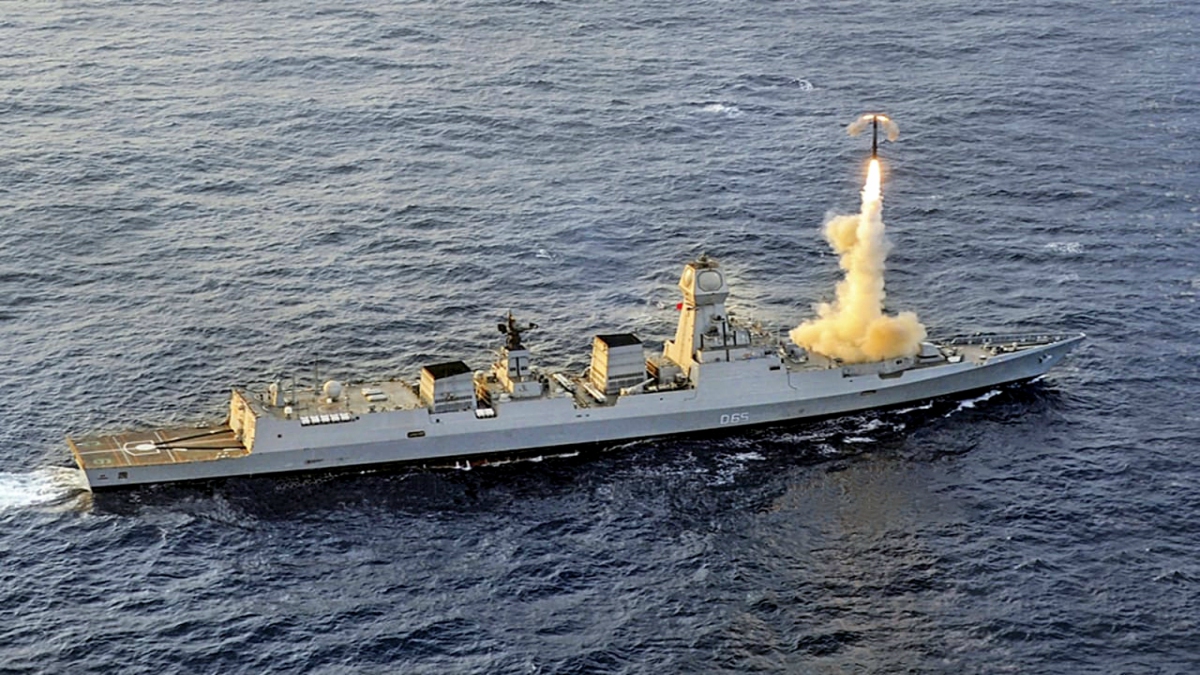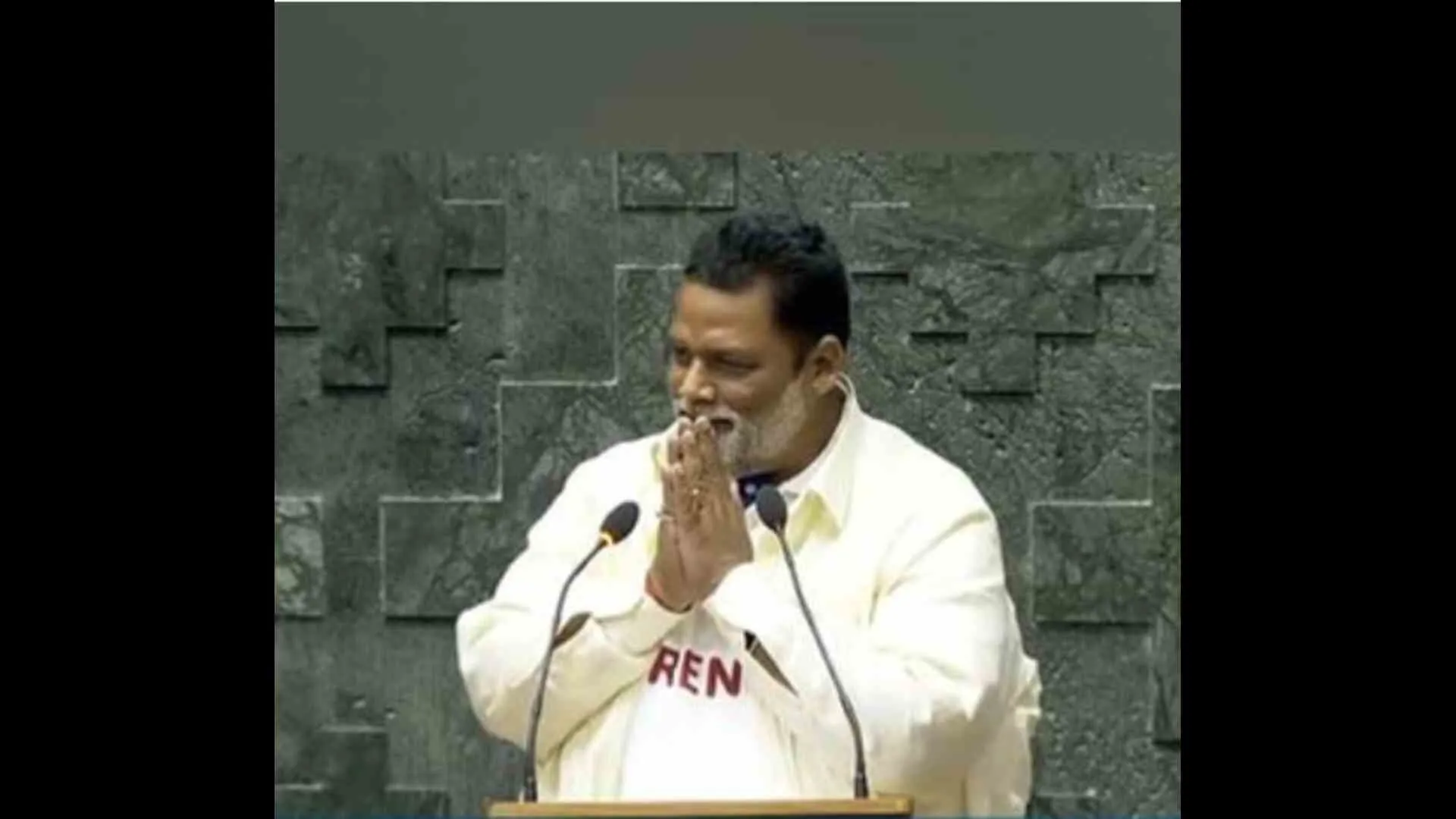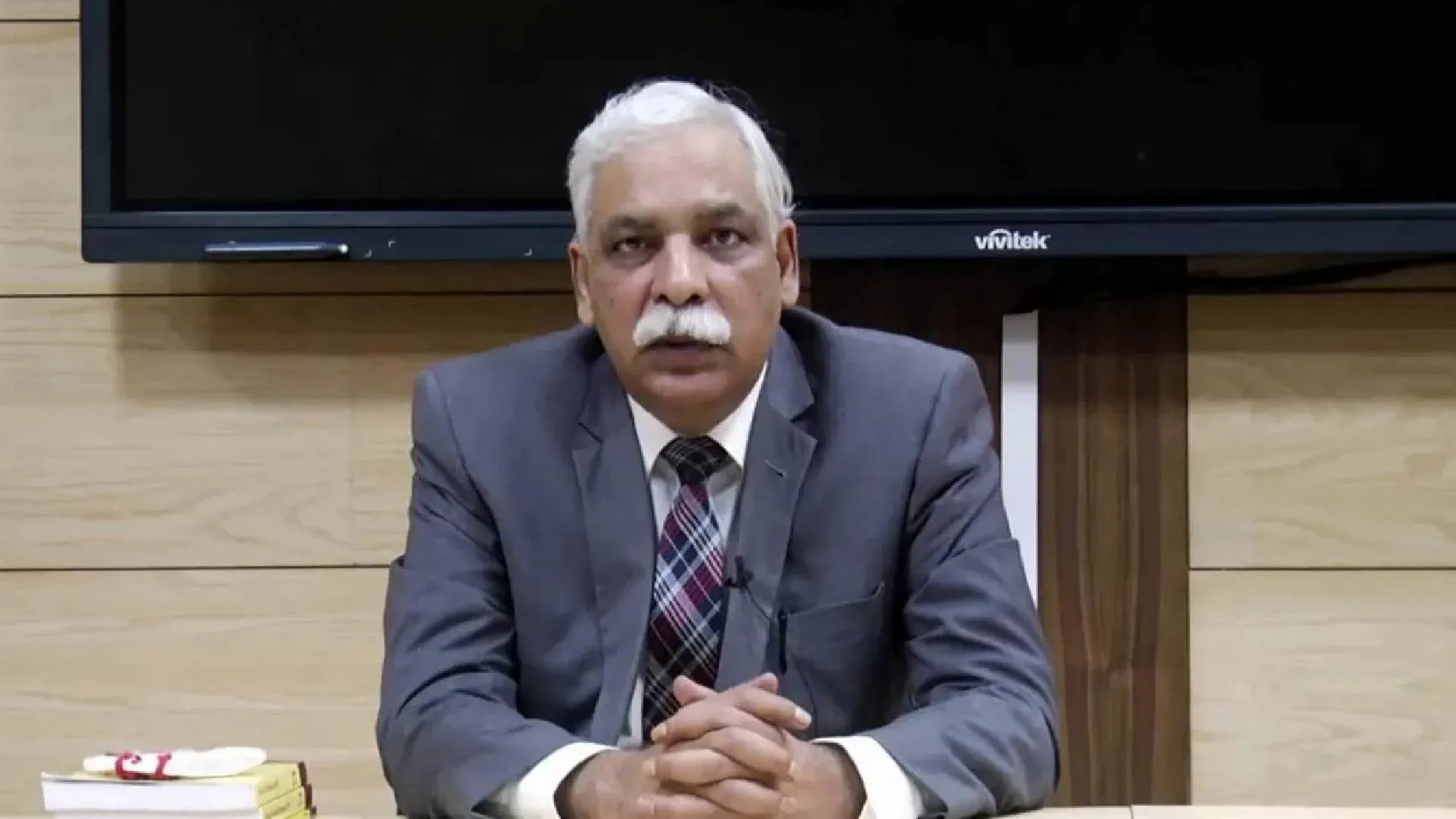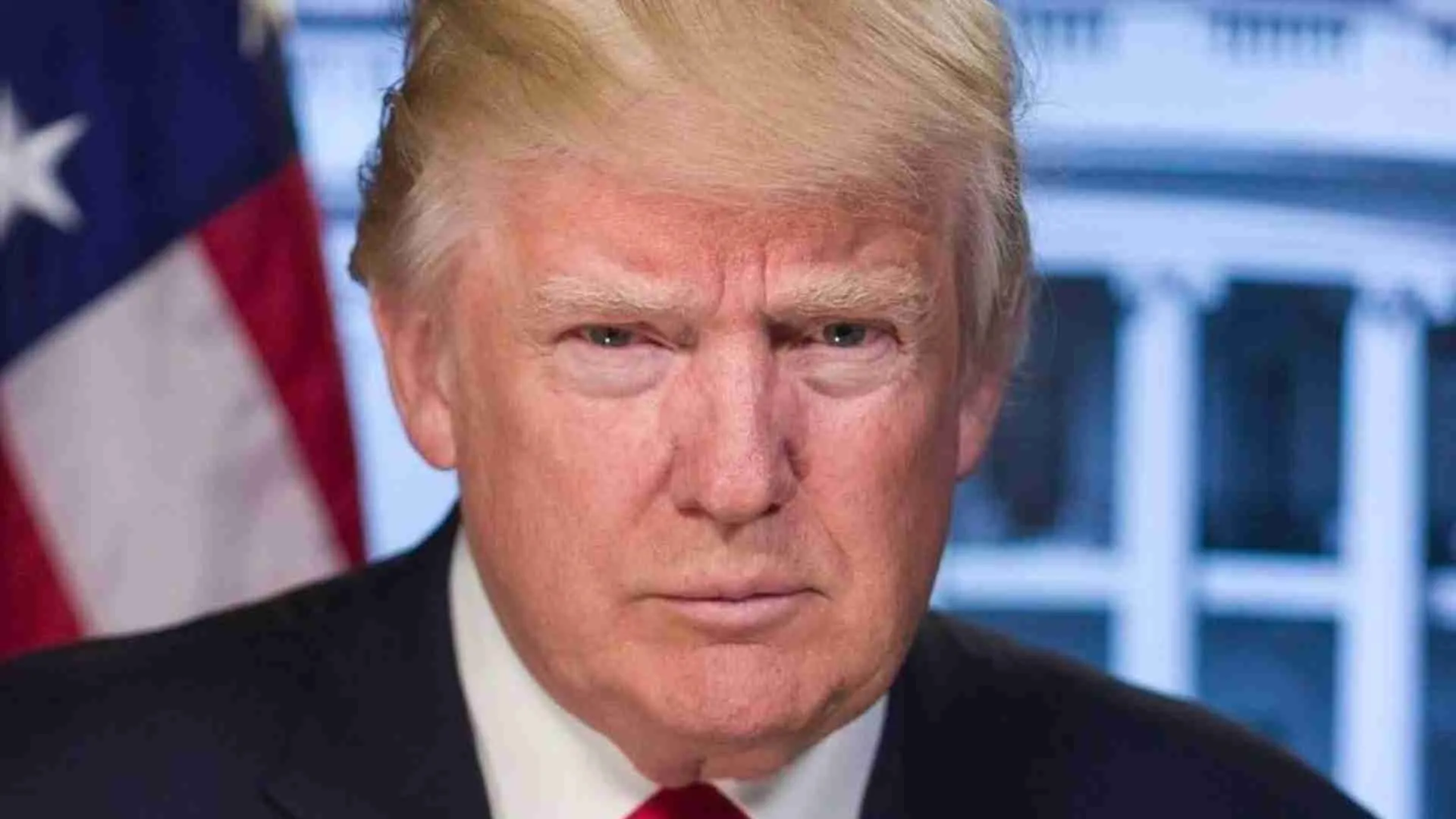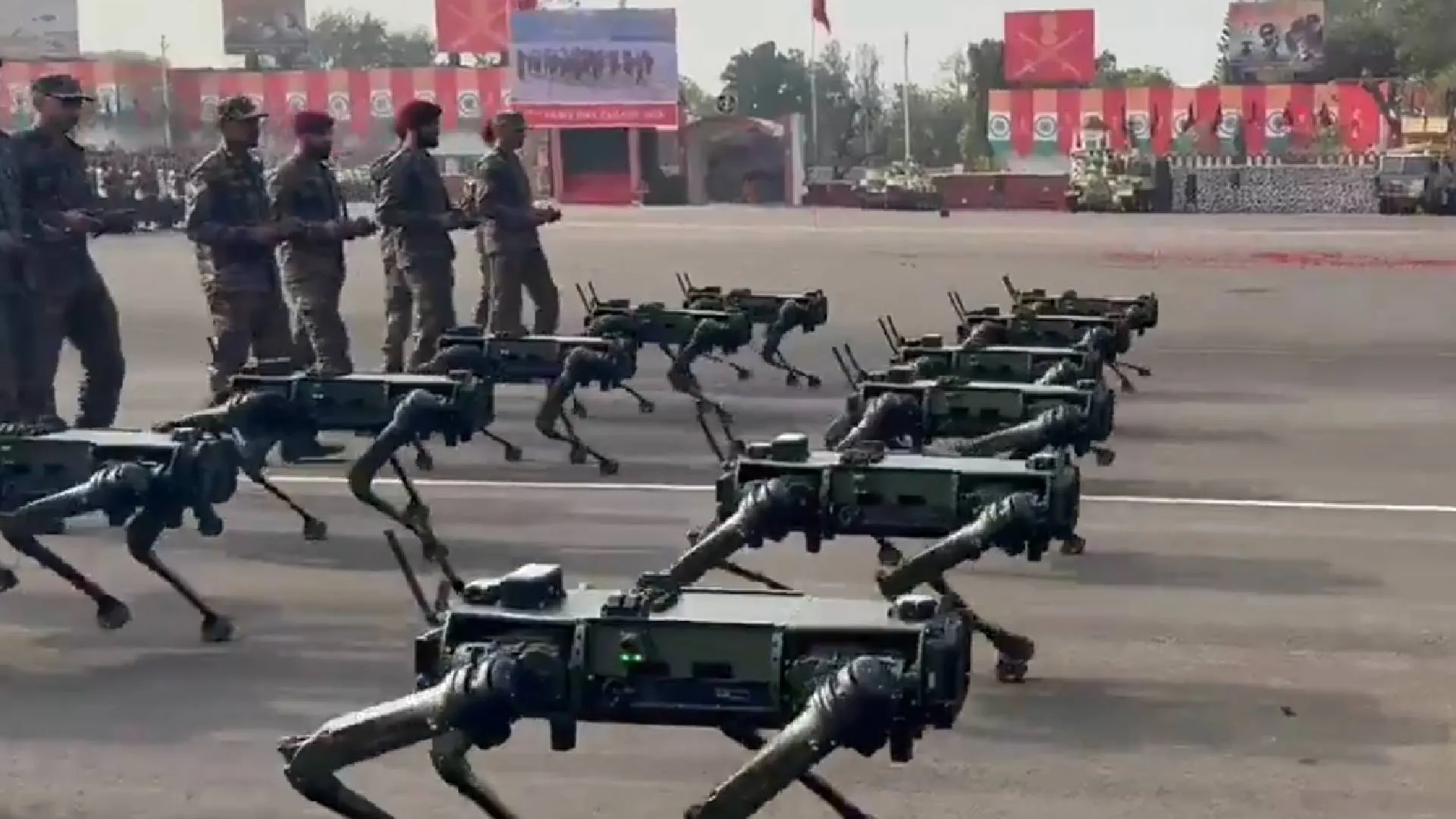India has come a long way especially in space and missile technology it can be compared amongst the leaders. Our strategic capability despite the 1998 sanctions following the Pokhran tests speaks for themselves. DRDO does have major limitations in development of aircraft, tanks, and weapon systems especially for the infantry and armoured.
Since Chinese intrusion in May 2020, India has tested a number of weapons and defence systems. These tests range from missiles to hypersonic technology demonstrator vehicle (HTDV). Most of these tests have been successful. Coming in a concentrated manner during an ongoing border spat with China raises an obvious question whether these tests were pre-planned or they have been orchestrated in response to the current India-China face-off.
Given the manner in which the tests have been conducted, it is obvious that they have been done as a response to the faceoff. Therefore, the next obvious question is: What purpose are they serving? Question assumes importance because it is common knowledge that the period between testing and operationalisation of a weapon system takes considerable time. In fact some systems have been inordinately delayed; for example the Trishul, Akash and Nag, the Arjun tank, Nishant UAV have taken so long to develop that they are now obsolete. This aspect is a common knowledge and it is highly unlikely that China will be unduly concerned by these tests. But to assume that the current phase of testing various types of missiles is mere optics meant to demonstrate the Government of India’s intent to counter the Chinese threat may also not be true. A subterranean analysis is needed to decipher the gains that these tests will provide to India’s defence preparedness. The recent statement of DRDO chief G. Satheesh Reddy that “India has achieved selfreliance in the field of missile systems and can produce whatever is required by the armed forces within the country itself” would have been based on a realistic appraisal of DRDO’s capability and not merely an emotional response post these tests.
SYSTEMS TESTED IN THE PAST FEW MONTHS
11 tests of various types of missile systems were conducted successfully by DRDO. Only testing of Nirbhay subsonic missile having a range of 1000 km conducted on 12 October, 20 developed a snag and had to be aborted. Some of the important defence systems tested in the recent past are discussed below.
1) Test of SMART system
India successfully tested indigenously developed “game changer” SMART (Supersonic Missile Assisted Release Torpedo) torpedo system on 5 October 2020 for the first time. SMART is a missile assisted release of lightweight antisubmarine torpedo systems for anti-submarine warfare (ASW) operations far beyond the torpedo range. This launch and demonstration is significant in establishing anti-submarine warfare capabilities of India. However, the point to be noted is that this was the first test and many subsystems of the missile are yet to be tested. It will take considerable time to operationalise the missile.
2) Testing of 400-km BrahMos
. Testing of India successfully test-fired on 30 September 2020, over 400- km strike range Brahmos supersonic cruise missile. The surface-to-surface cruise missile, featuring indigenous booster and airframe section along with other Made in India subsystems, blasted off from the launching complexIII of the Integrated Test Range (ITR) near here, a defence statement said.
3) Test Firing of Hypersonic Technology Demonstration Vehicle
India on 8 September 2020, successfully tested Hypersonic Technology Demonstrator Vehicle putting India in a select group of nations. This small club includes the US, Russia and China. After the AntiSatellite Test conducted last year, this is the biggest achievement by DRDO in terms of proving new technology. It is a dual use technology. It can also be configured to deliver nuclear warheads as well. While the USA has refrained from its operationalisation, Russia and China plan to use it for nuclear weapon delivery also. In the civil arena, it can be used to launch small satellites at cheaper cost. India has just done a technology demonstration.
4) Test Firing of Shaurya Missile Test
Firing of Shaurya Missile. India successfully test-fired a new version of nuclear-capable Shaurya Missile on 4 October 2020. The new missile would be inducted in the strategic forces to complement one of the existing missiles in the same class. DRDO claims it to be amongst the top 10 missiles in the world. Shaurya missiles have a very small profile. It is truck portable and can be launched from either from a single truck or a silo. Hence, it can be located anywhere. Moreover as per DRDO it cannot be detected by satellite imaging, the sources said. Given its short range, portability, difficulty of detection and nuclear capability it is an ideal tactical missile it would be an ideal deterrence weapon in the super high altitude terrain of Tibet. Strategic Forces Command it is believed is in the process of operationalising it in the Ladakh region shortly.
5) Test of Laser Guided Anti-Tank Missile
Test of Laser Guided Antitank Missile. On 23 September 2020, DRDO successfully test fired laser-guided anti-tank guided missile. The laser-guided anti-tank guided missile (ATGM) is supposed to enhance the firepower capability of the Indian Army particularly along the frontiers with Pakistan and China. There is a long felt need by the Indian Army for an indigenous ATGM and the success of this venture has been eluding the DRDO since long.
6) Test Firing of Dhruvastra
Test Firing of Dhruvastra. India’s indigenously developed anti-tank guided missile ‘Dhruvastra’ was test-was fired on 23 July 2020. India has successfully conducted three flight tests of its indigenously developed anti-tank guided missile ‘Dhruvastra’ from the Integrated Test Range at Chandipur in Odisha.
7) Test Firing of Prithvi-II Test
Firing of Prithvi-II. Indigenously developed Prithvi-II missile was test fired on 24 September 2020. The trial of the missile, which has a strike range of 350 km, was carried out from a mobile launcher from ITR complex. This missile is already operational. It was a user trial test. Under the garb of testing, besides validating technical parameters, it provided the much needed practice to the users to deploy and fire this weapon if called upon into battle. It should go to the credit of SFC and the DRDO to utilize the flurry of tests to enhance the defence preparedness of the users.
8) Test Firing of ASAT
Last year in March, India test-fired an A-SAT missile under ‘Mission Shakti’. The Successful testing has demonstrated its anti-satellite technology.
9) Test Firing of Rudram Missile
In continuation of testing various missiles, India successfully test-fired Rudram 1, its first anti-radiation missile designed to take down enemy radars on 9 October 2020. The antiradiation missile can be launched from Sukhoi-30 MKI fighter jets. The missile has a launch speed of up to 2 Mach, twice the speed of sound. This will enhance our air combat power manifold and it is hoped that the DRDO will operationalize this capability at the earliest.
Analysis of the testing Game
Limited Value: While India’s operational capabilities do not get a boost by such tests in the short term, it does convey a strategic message of India’s increasing technical capabilities and the resolve to deal with our adversary. Having said that, on the flip side we must not get complacent by these tests and continue to be realistic on their impact on the enemy. In fact, some experts say that “the surge of tests by the DRDO is welcome; however, ability to deploy these systems needs greater emphasis and visibility.” If the aim of these tests is signalling to the domestic audience it may have served the purpose, but experts are unlikely to be impressed. Historically too, if we take the record of the journey from final testing to operationalisation of a weapon system, it varies from 8 to 10 years. For example, Prithvi 1 was tested in 1988 and finally it came into service in 1994. Similar story exists for most of the systems under development by DRDO. The technology demonstrator to operationalisation is a journey by itself and incurs considerable financial commitment besides technical, human expertise and financial challenges of commercialization and finally operationalisation.
Likely Gains
Enhanced Technical Prowess: Above limitations notwithstanding, the missile journey of India is a success story, comparable to any leading military power in the world. On the positive side, a number of advantages these weapon tests bring to the table. Weapon tests do add up to a country’s technological capabilities.
Hard Power Image:
Conducting the weapon tests in a concentrated manner during an ongoing face off conveys an image of strong hard power orientation and resolve of the nation to its adversary. China though not worried by these tests would be cautious while responding to us especially since most of our existing systems provide dual capability of conventional and unconventional employment. Encourage Defence Exports:
Successful testing of new defence weapon systems generate acceptability of India’s capability to produce quality weapon systems that too at much lesser cost. This will facilitate export of defence systems by India. It is therefore not surprising that in the past few years our export of defence systems have increased by 700 percent in the last three years. India is now exporting defence weapons and equipment to 42 countries, which includes the likes of US, Australia, Finland, France, Germany, Israel, South Africa, and Sweden, Azerbaijan, Seychelles, Estonia, Indonesia, Guinea and the Philippines. India’s exports in 2014 stood at meager Rs 2,000 crore, which in 2019 stood at Rs 17,000 crore and India intends to increase it by $5 billion (about Rs 35,000 crore) in the next 5 years. Improved technological threshold will encourage our neighbouring countries to go in for imports from India. Countering Chinese Influence on our Neighbours:
Increased acceptability of defence equipment due to display of high end technology demonstration will also help in weaning our neighbours away from Chinese influence. For example the decision to provide a Kilo Class Submarine, Tanks, artillery guns, ammunition for T-72 tanks, radars, sonars and 500 bullet proof jackets to Myanmar’s military may have been influenced by India’s increasing technological capabilities. A similar help to Bangladesh and Sri Lanka will go a long way in countering the Chinese influence in our backyard.
Enhanced Defence Preparedness:
Increased testing leads to induction of indigenous equipment in the long – run at lower costs. Also, some of the equipment tested are on the verge of being inducted into the service such as the Shaurya missile system. There are reports that Strategic Forces Command (SFC) has begun looking for deployment of the weapon system in Ladakh. Further, these tests also help in providing the much needed user practice and revalidation of existing stockpile of our systems. Conduct of the 350 km range Prithivi 2 from the existing stockpile is a case in point. Deployment of Shaurya missile, world’s top 10 missile and ability to practice and validate existing strategic weapons does give us a better response capability against our arch rival China.
Parting Words
India has come a long way especially in space and missile technology it can be compared amongst the leaders. Our strategic capability despite the 1998 sanctions following the Pokhran tests speaks for themselves. DRDO does have major limitations in development of aircraft, tanks, and weapon systems especially for the infantry and armoured. But it makes it up with the Integrated Missile Development programme and the Space programme. Fortunately these are systems of the future and when coupled with its niche technology development programme in robotics, artificial intelligence, ship building and UAVs we expect India to rapidly move in the direction of self-reliance especially if the private defence sector is boosted appropriately. The new DAP 2020 with an option for leasing of defence systems is a good provision to tide over our short term needs at relatively lower costs till we achieve greater selfreliance and increase our exports as rightly aimed by the present government. It would not be out of sync to mention that India is on the path of projecting itself as a significant power in the region and the testing of new defence systems is a right step in that direction.
Lt Gen Dushyant Singh (retd) has served in varied terrains and theatre of operations, in India and in the UN as Military Observer. He has commanded an Infantry Battalion, Brigade and a Division in Jammu and Kashmir. He is currently Professor Emeritus Defence Studies at Gujarat Raksha Shakti University.

